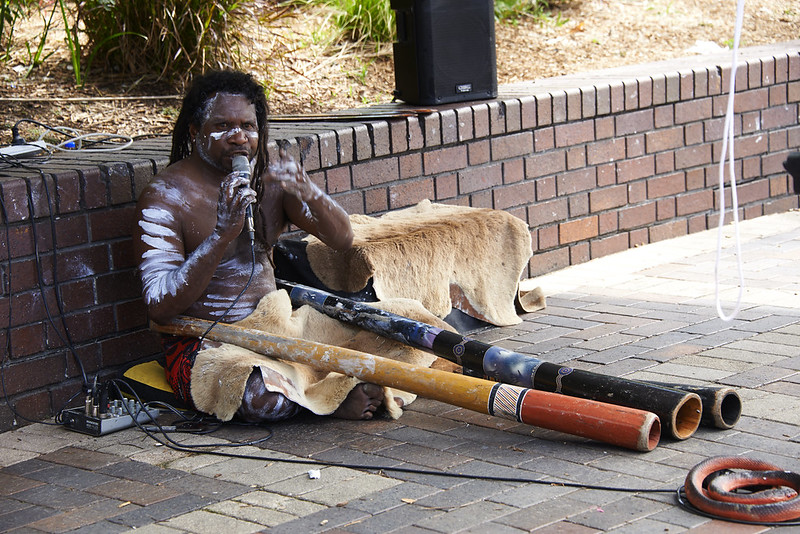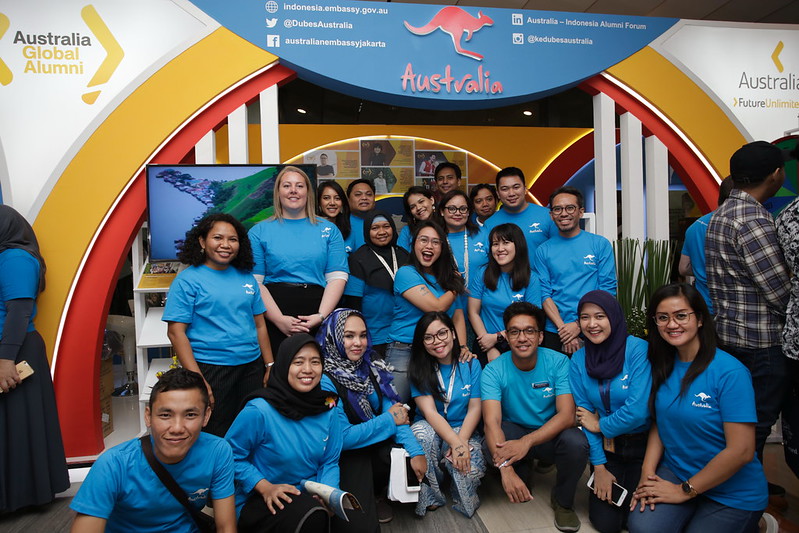 According to the Parliament of Australia, about 30% of Aboriginal households currently live in income poverty. Programs such as the Community Development Employment Projects, Community Housing and Infrastructure Program and the Ministerial Council on Education, Employment, Training and Youth Affairs are working to change that.
According to the Parliament of Australia, about 30% of Aboriginal households currently live in income poverty. Programs such as the Community Development Employment Projects, Community Housing and Infrastructure Program and the Ministerial Council on Education, Employment, Training and Youth Affairs are working to change that.
A Background in Aboriginal Colonization
On Jan. 26, 1788, British colonizers established the first colony in Australia, naming it New South Wales and comprising convicts and leaders from the Royal British Navy. They declared the land property of Great Britain’s King George III. This event marked the beginning of suffering for Aboriginal peoples, as diseases such as syphilis, smallpox and the flu spread rapidly. At the time of the colony’s establishment, an estimated 750,000 Aboriginal people inhabited the island. By 1789, nearly half of the Aboriginal population in the Sydney Basin had succumbed to smallpox.
Aboriginal Poverty and Employment Disparities
Poverty among Aboriginal people is especially severe in remote areas of Australia. The Aboriginal and Torres Strait Islander Health Performance Framework reports a significant disparity in employment rates between Aboriginal and non-Indigenous populations. For Aboriginal individuals, the employment rate is 32%, compared to 58% for non-Indigenous people. In 2021, this gap was pronounced among those aged 15 to 24, with Aboriginal employment at 52% and non-Indigenous at 75%. The disparity widens among those aged 25 to 44, where Aboriginal employment increased from 51% in 2016 to 56% in 2021.
Aboriginal poverty rates continue to be alarmingly high, with welfare dependency prevalent in these communities. Nearly half of the adult Aboriginal population receives some form of welfare aid, as reported by the Australian Parliament. Furthermore, the Australian Institute of Health and Welfare indicates that 43% of Indigenous adults earn a gross weekly income of just under $500. While there has been some progress in narrowing the income disparity, significant gaps remain. In 2011, the gross weekly household income difference between Aboriginal and non-Aboriginal Australians was $379. By 2016, this gap had decreased to $332 and by 2021, it further reduced to $316, showing a gradual but steady decrease in income inequality.
Educational Disparities
In 2001, national benchmark tests revealed a nearly 20% difference in the literacy levels of Aboriginal and non-Indigenous students. According to the Australian Parliament, in year three, 72% of Aboriginal students achieved minimum reading standards, whereas the number for the entirety of year three students was 90.3%. The Australian Council for Education Research stated, “Without success in literacy and numeracy, young Indigenous Australians will continue to face difficulty in remaining at school to complete year 12, entering university and other post-school education training.” Lacking the proper education makes employment difficult, so the Ministerial Council on Education, Employment, Training and Youth Affairs created the National Indigenous English Literacy and Numeracy Strategy in 2000.
Initiatives in Indigenous Communities
Between 2016 and 2021, the median weekly household income for Aboriginals increased by 18%, compared to an 11% increase in other households, as reported by the Australian Institute of Health and Welfare. The strategy for improving Indigenous communities’ education and health focuses on six key areas: enhancing school attendance, addressing hearing issues, resolving health problems, correcting nutritional deficiencies and enriching preschool experiences. These ongoing efforts are part of the National Indigenous Education and Lifestyle Strategy (NIELNS), which aims to tackle the underlying causes of Aboriginal poverty by enhancing education and health outcomes.
The Community Housing and Infrastructure Program (CHIP) allocates funds for community and public housing for Aboriginal people in Australia and it also provides municipal services. Additionally, the National Aboriginal Health Strategy directs funding toward housing, specifically targeting more rural and remote Aboriginal communities.
Looking Forward
While programs addressing Aboriginal poverty have seen gradual success, ongoing efforts remain essential for creating meaningful, long-term improvements. The disparities in income, education and employment between Indigenous and non-Indigenous Australians continue to pose significant challenges. With targeted initiatives focused on education, housing and infrastructure, there is hope for sustained progress. Overcoming these deeply rooted inequalities potentially requires continued dedication and comprehensive support across all levels of society.
– Maya Renfro
Maya is based in Chicago, IL, USA and focuses on Good News for The Borgen Project.
Photo: Flickr

